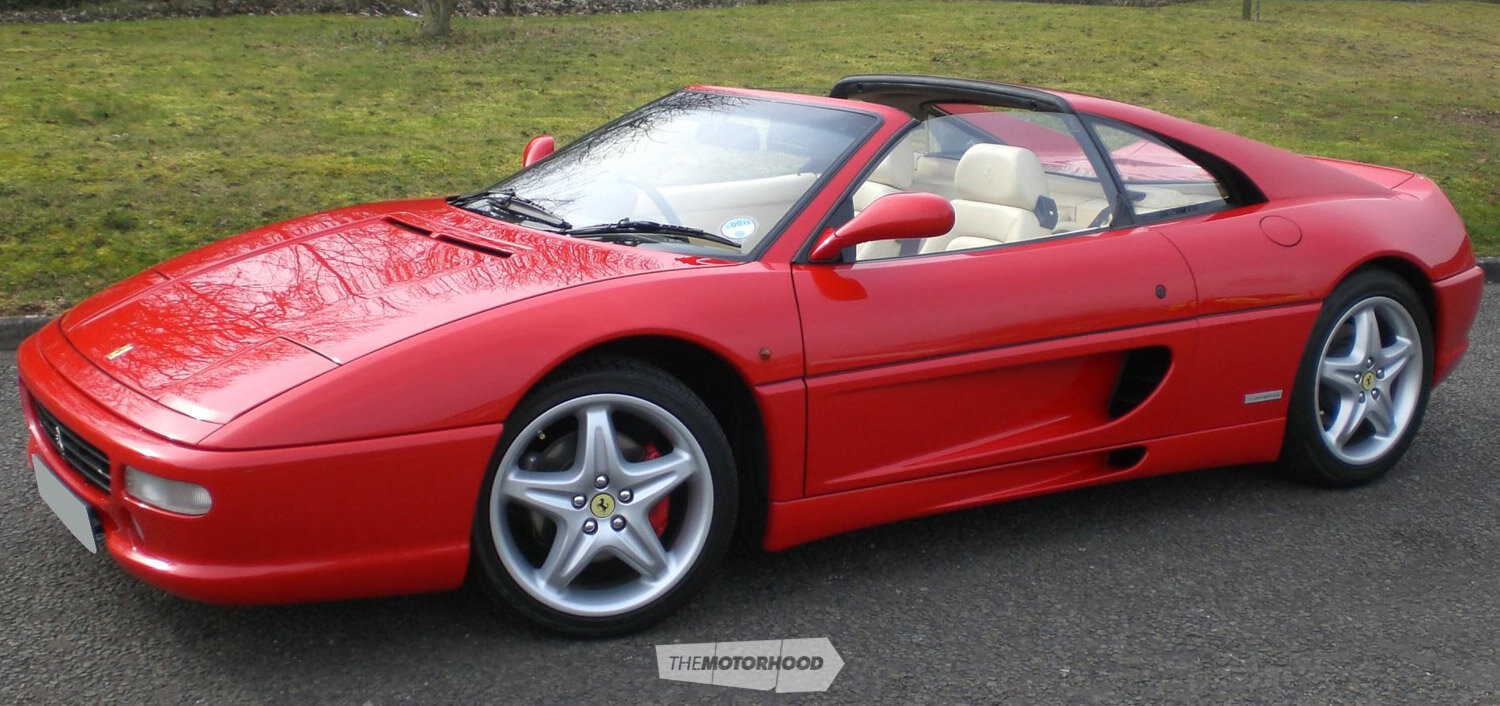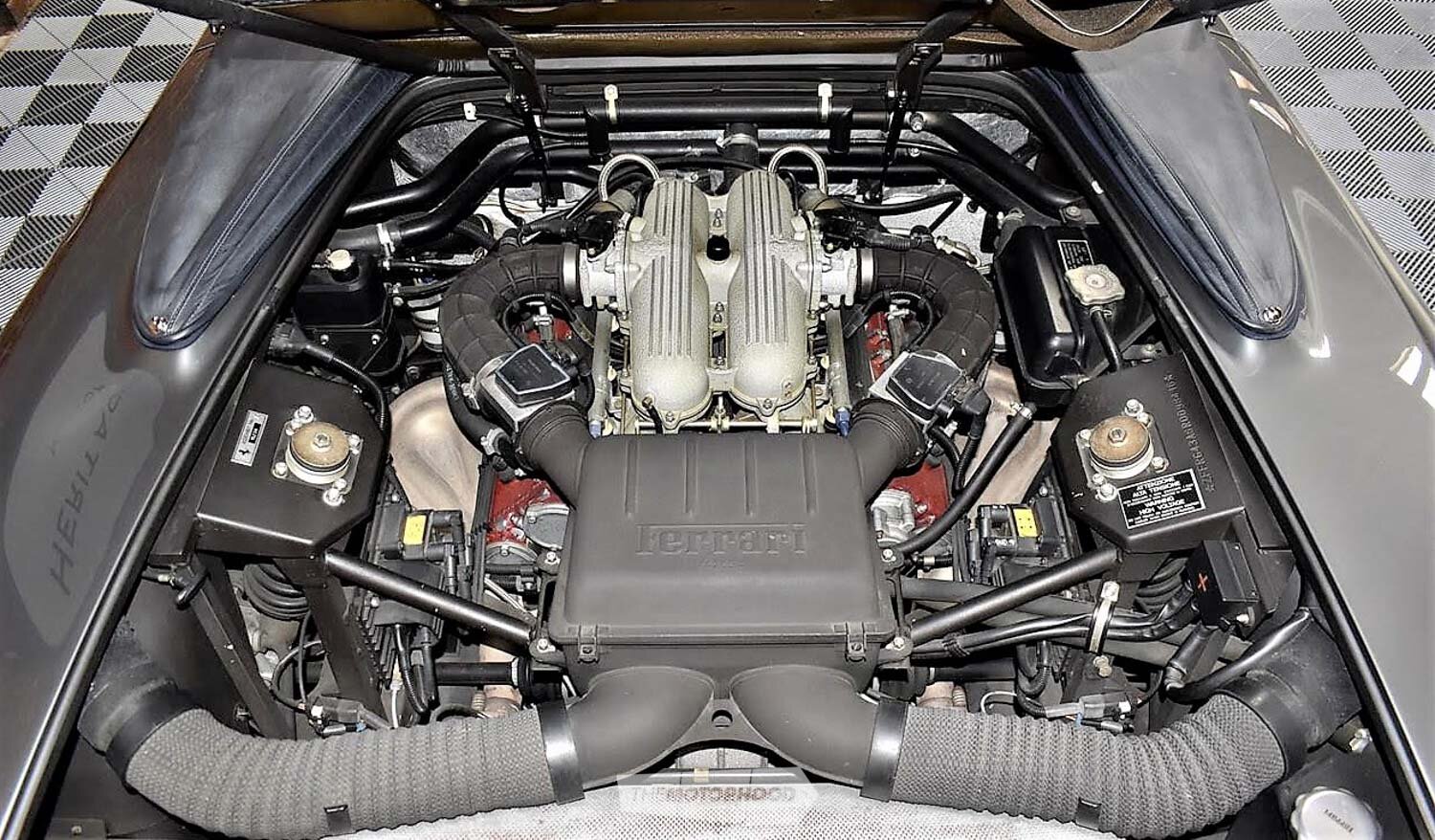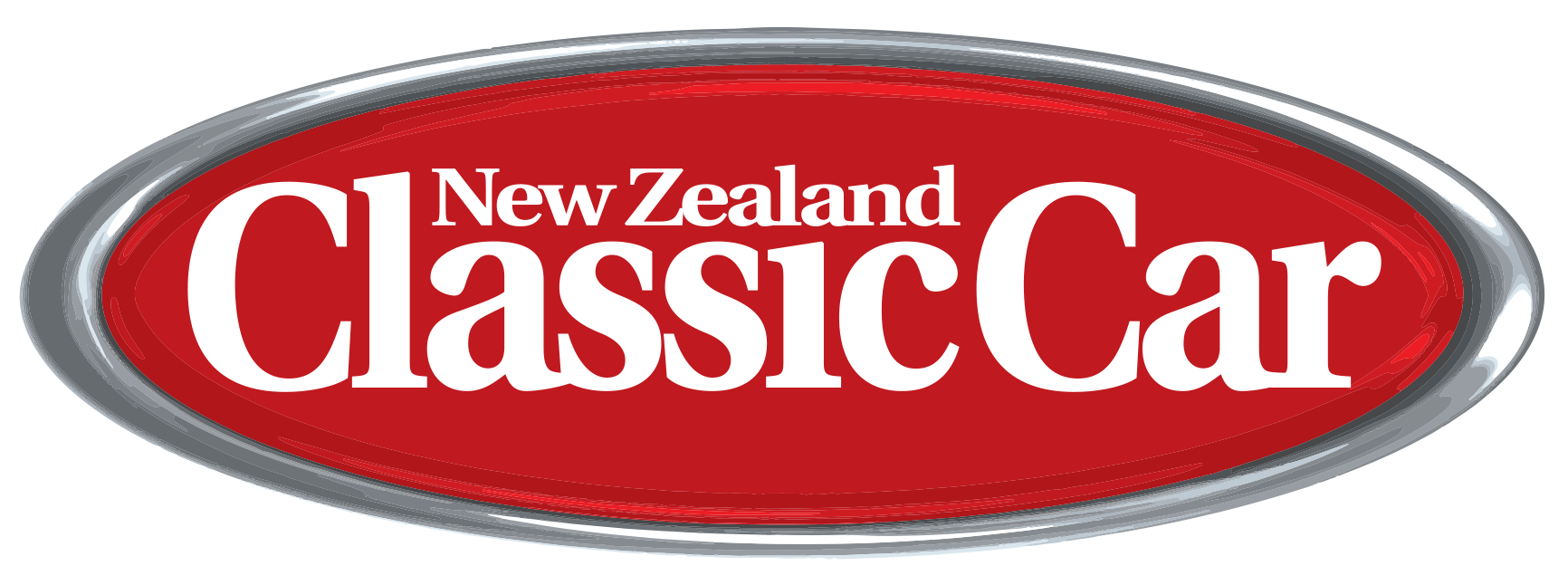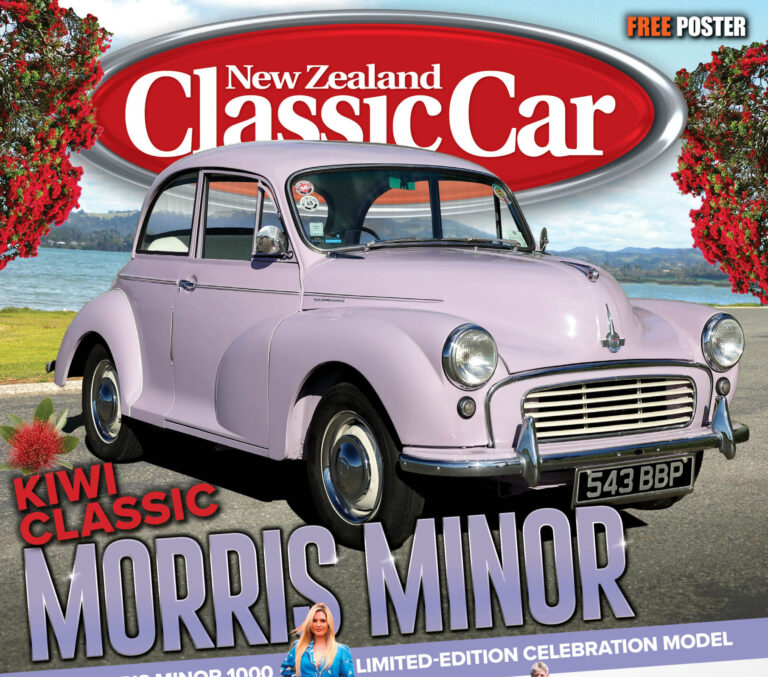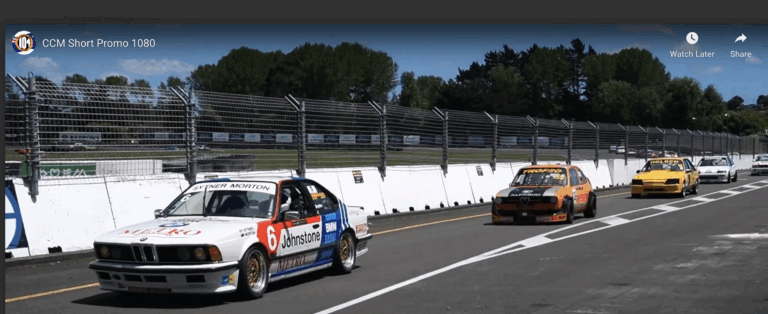Is there such a thing as a bad Ferrari? In this market report, we look at some of New Zealand’s favourite models and assess their prospects
We have all dreamed of owning a Ferrari at some point. The photo spreads in magazines, or the rare but distinctive rasp of a finely tuned engine in your local high street was certain, at one stage or another, to ignite that dream of Ferrari ownership.
While they are always a rare delicacy, the easiest Ferraris to find in New Zealand have to be the mid-engine flat-plane crank V8s: the 308, Dino 308 GT4, 328, Mondial, 348, and 355. These cars, thanks in no small part to a tall, dark, moustachioed private investigator righting Hawaiian wrongs on TV, have become perhaps the most common images when thinking of the prancing horse.
According to Ferrari owner and Italian car boffin Tim Jones, V8 mid-engine Ferrari V8s from the latter half of the 20th century are still best-value buys for those wanting some Maranello magic in their lives.
“The pre-1999 V8s still have a very mechanical feel but without the heavy clutches and heavy steering found in some other Ferraris. You might not be going quicker than a new Corolla in some cases, but they still excite like a Ferrari should,” says Tim.
According to Tim, more V8 Ferraris are arriving in New Zealand than going out. “This appears to be a quantity over quality situation, however, as a lot of these cars are not what I would call desirable examples of Ferrari 308s and 348s, due to questionable history or lack thereof, or they are US-spec cars, which in my opinion are not as good looking, and have [had to comply with] additional regs in terms of bumpers and emissions,” he says.

The only way is up
The reason for the boost seems to be that the once-unloved Dino 308 GT4 has seen the biggest rise in value in recent times. The wedge-shaped Bertone styling has always divided opinion, but the GT4 has matured and gained a cult following all on its own, resulting in a surge in demand for the former entry-level Ferrari. In other words, cars that could be had for at least $50K a decade ago are now changing hands for close to $100K.
It’s the same story with the 308 GTB and GTS, with a decent one setting you back at least $150K, up from around $80K five years ago. Magnum, PI aside, they still remain one of the most popular prancing horses ever. According to the Ferrari Owners Club of New Zealand (FOCNZ), the rarest 308 model in New Zealand would be the earlier carburetted Vetroresina fibreglass-bodied cars from 1975 to 1977, three of which can be found here. From 1978 onwards, the 308 was made of steel and 1981 saw the introduction of Bosch fuel injection, followed by the Quattrovalvole cars of the early to mid ’80s.
The 328 GTB and GTS sported a larger 3.2-litre V8, hence the name, and still remain some of the most cost-effective Ferraris to own. Values are around the same these days as for the 308, although certain low-mileage cars have been changing hands both privately and through the dealer network for up to $250K.
The models which have remained unchanged for many a moon are the Mondial and 348. These two get some flack for being underwhelming compared with other Ferraris, but they are one of the few comparatively affordable ways to stable a prancing horse. Mondial 8s can be found for as little as $60K. The most sought after Mondial would be the Mondial 3.2 T coupé or cabriolet, due to the extra power and the extra rarity which goes with it, although this involves setting aside a snip over six figures.
There are currently 37 348s registered in New Zealand according to the FOCNZ. A mix of imports and New Zealand–new examples can be had for between $80K and $100K for decent-mileage TB coupés or TS targa-tops. The rarest of the 348 stable is the Spyder. Ferrari made 252 of these and only 14 were in right-hand drive, so if you can find one, expect to fork out $200K plus.

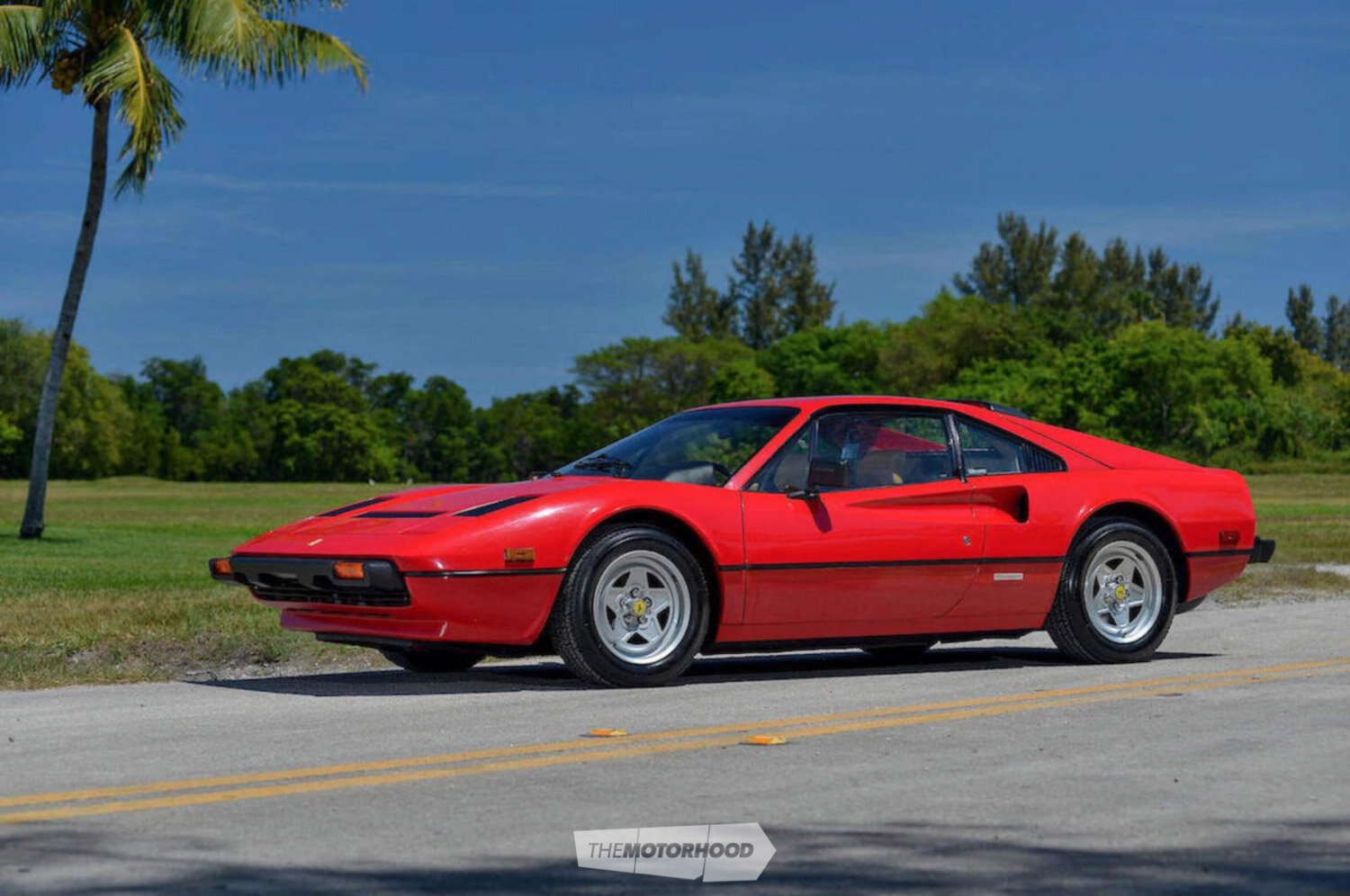
Is it a GOAT?
The F355 is regarded as the last of the classic-era Ferrari V8s, and some go so far as to say it is one of the greatest Ferraris of all time. As a result, people have started to get rather keen and prices have soared in a short space of time. Five years ago, values bottomed out at around the $110K mark, but now be ready to spend at least $200K. The most sought after of all 355s would be the low-mileage New Zealand–new six-speed manual Berlinetta. Other variants included the targa-top GTS and Spyder. The 355 was also the first Ferrari to be offered with their now mandatory F1 paddle-shift gearbox.
What to look out for? According to Tim Jones, keep an eye out for rust and the condition of the chassis: “Rust is a big problem, not so much with the later cars but with the V8s from the ’70s and ’80s.”
Also be aware of the car’s ownership and service history. Naturally, a Ferrari V8 from Singapore or Hong Kong with higher mileage is going to require a well-documented and trackable history. You want to know who owned the car, the climate in which it has existed, and how the previous owner kept it. If you can, buy New Zealand new.
The biggest mechanical worry with any mid-engined V8 Ferrari is the timing belt. “The bane of all Ferrari owners is timing belts, but on a 308 they are super easy and cheap to complete; between five to eight hours’ work. I did my GT4 over Christmas, and, labour aside, a new timing belt kit and bearings was only $280 in parts. Our Alfa 156 was twice this price,” says Tim.
In summary, the trend among Ferraris is that prices bottom out when they get to be at least two or three generations old. Then the good ones will go up. You only need look at the Dino 246 GT, admittedly one of the most beautiful of all Ferraris, but this once-entry-level car, a hefty but reasonable $80K car a few years ago, is now worth NZ$500K. The 308, 328, and 355 don’t quite engender the same love but the same trend is evident. Get one now, and you will have an appreciating asset that will thrill you as all Ferraris should.
